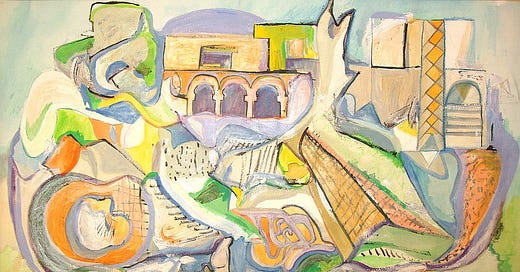Part 3: Inspecting the Wall
Toward A Recapitulation of Faith and Faithfulness Amongst Black Students in Racialized American Society.
Inspecting the Ruins and Assessing the Damage
Then I went up in the night by the valley and inspected the wall. and so returned. (Nehemiah 1:5)
American Christianity is for many Black people too firmly entrenched with racist and oppressive forces. Because of this enmeshment, Christianity —especially among youth— represents white exploitation, dehumanization, white dominance, and black subordination. The message and attitude of white supremacy infiltrated American Christian society and has remained embedded therein through each epoch of the American experiment. Anything associated with Blackness was evil, vile, vulgar, and primitive. Anything associated with whiteness was beautiful, virtuous, godlike, and worthy of emulation by all. Besides, these attitudes were endorsed and endowed by God and his Son, White Jesus. These are the destructive forces that have left the interest of the vast majority of the urban landscape unimpressed, disinterested, and turned off to the white man's religion.
Keep reading with a 7-day free trial
Subscribe to Tamice Namae Speaks to keep reading this post and get 7 days of free access to the full post archives.




